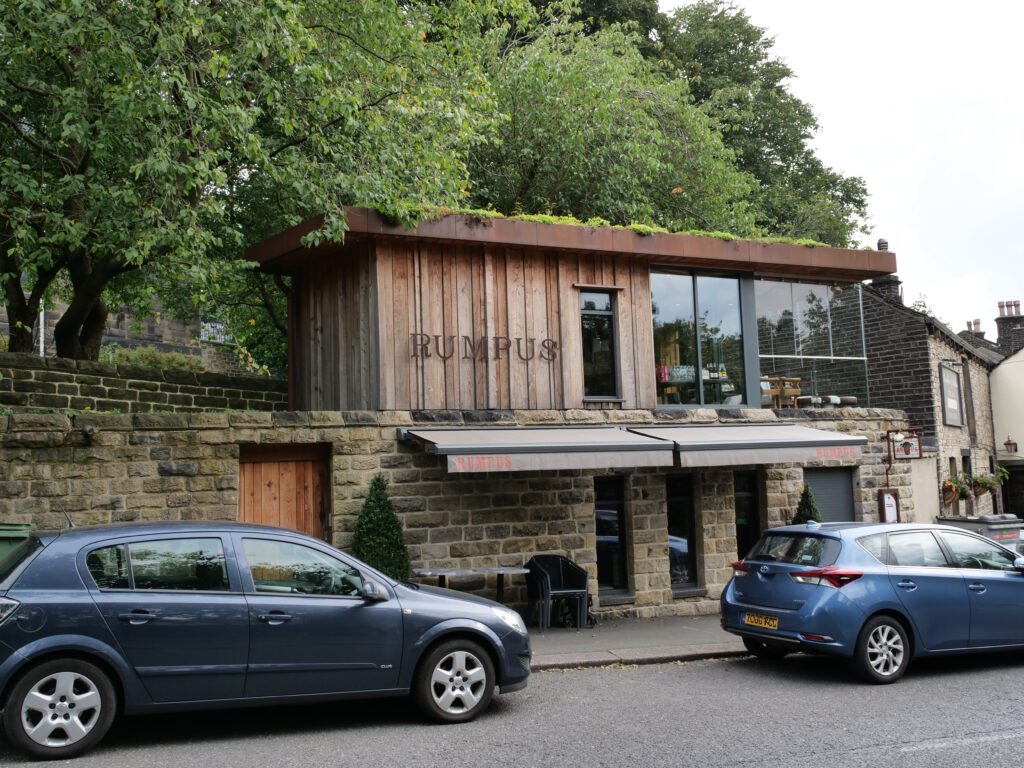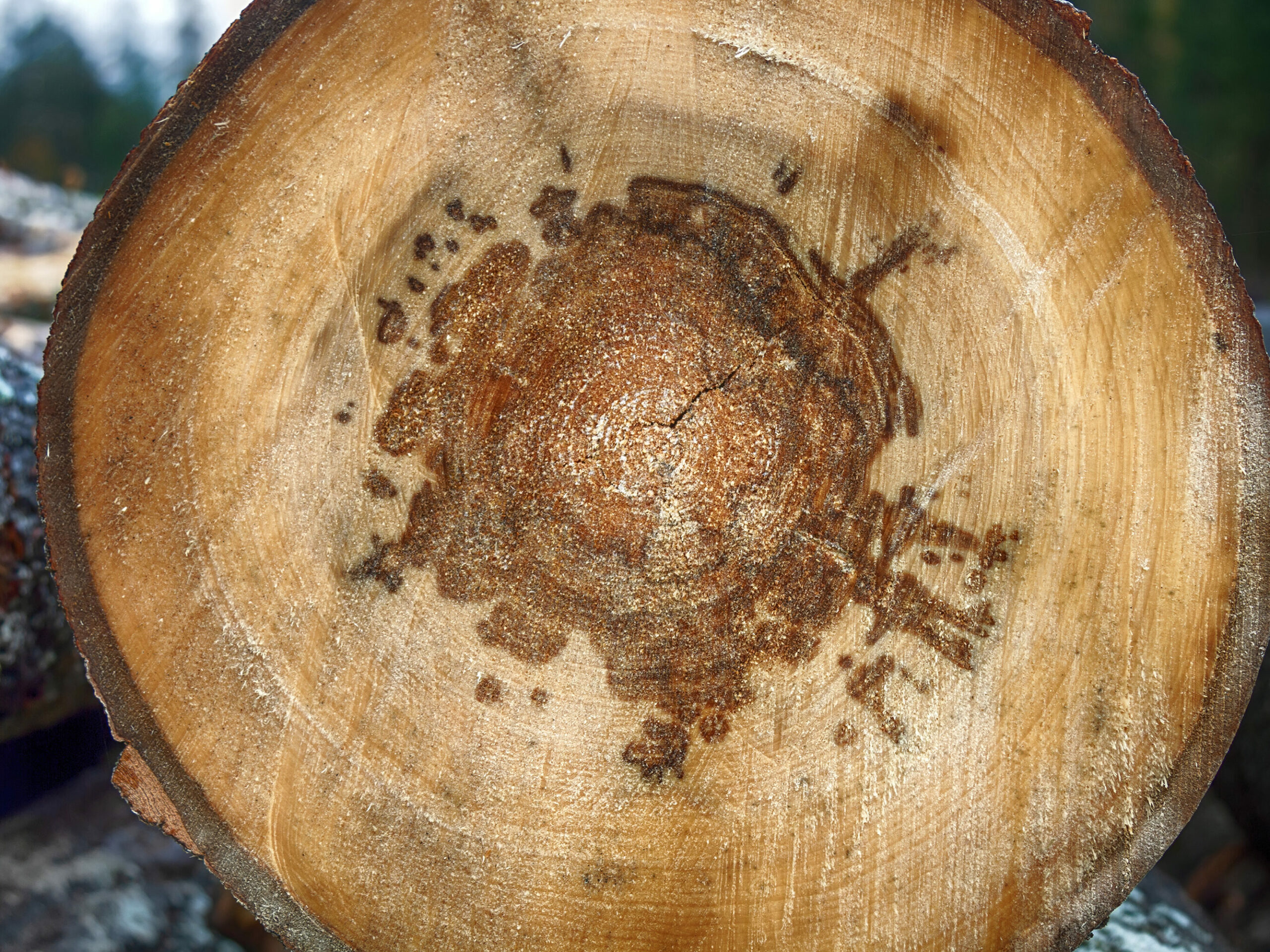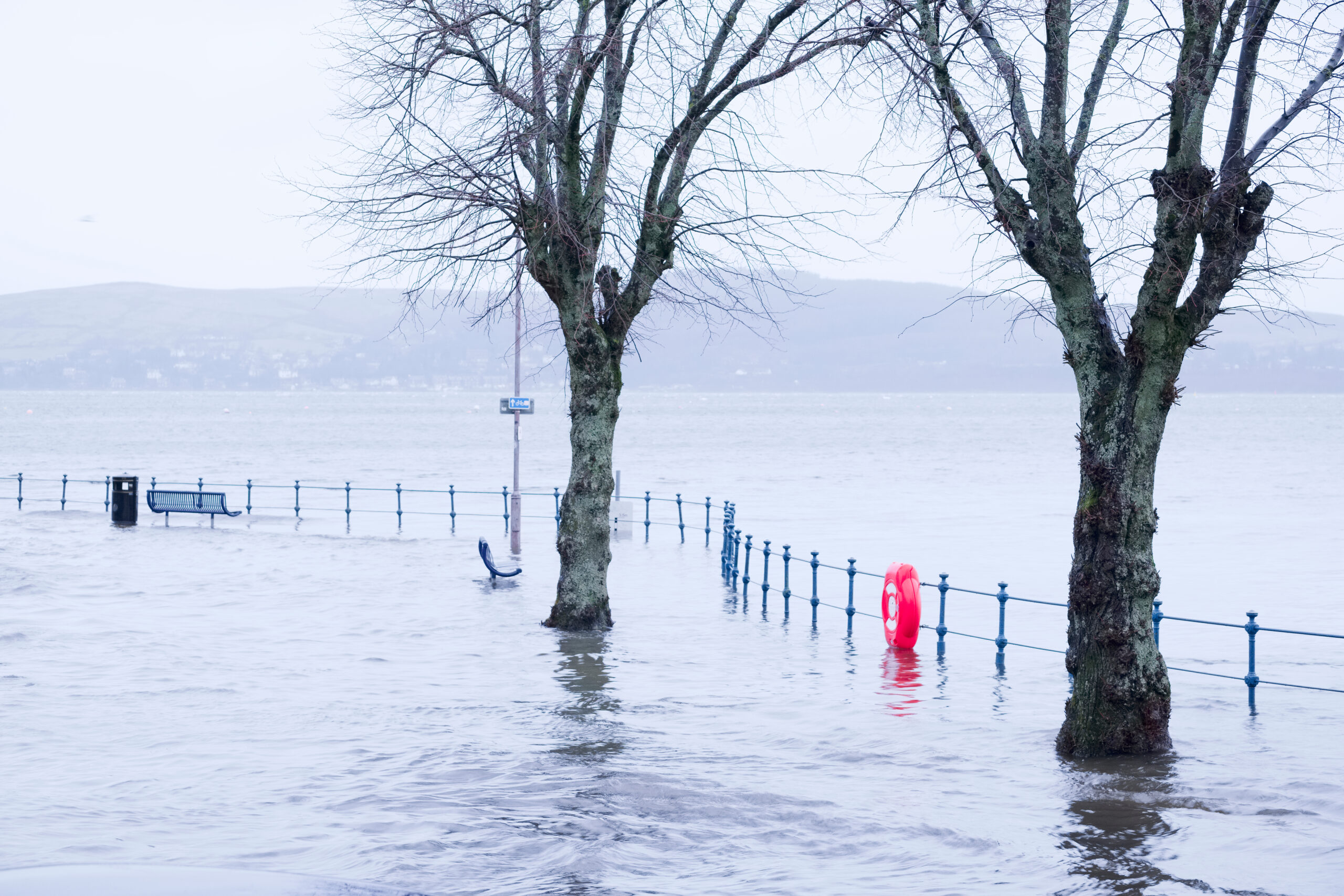QTRA is a “target-based” method to evaluate risks posed by trees to people and property.

Besides the tree’s overall condition, a QTRA allows for the evaluation of factors such as value of a target (i.e. property) or level of land-use (pedestrian/vehicular traffic and so on) for the determination of risk tolerability.
QTRA is calibrated against what HSE considers a “tolerable” annual risk of death and the UK’s Value of Statistical Life (VOSL). Whilst heavily reliant on statistical method, the surveyor’s experience in Visual Tree Assessment remains essential in the identification of morphophysiological condition, structural weakness and decay.
When might I need QTRA?
The risk of death and serious injury from tree failure is generally very low (ca. 1 in 10 million/year). There are circumstances where, to fulfil the Duty of Care of reducing risks to “as low as reasonably practicable” (ALARP), a landowner may feel compelled to remove a high-value tree for the fear of litigation.
The application of a quantitative method may enable the retention of the tree when the risk of harm can be shown to be “tolerable”, following the application of sound statistical method. QTRA also means the avoidance of costly and risky arboricultural works when these are not deemed to significantly reduce the risk of harm from trees. QTRA enables a more sympathetic approach to tree stock management while ensuring compliance with the applicable legislative requirements.


How can Ecology Resources help?
This page serves as an introduction to QTRA. We offer free advice regarding all Quantified Tree Risk Assessment matters. To discuss your requirements further, feel free to ring us during office hours, or email us at anytime.

